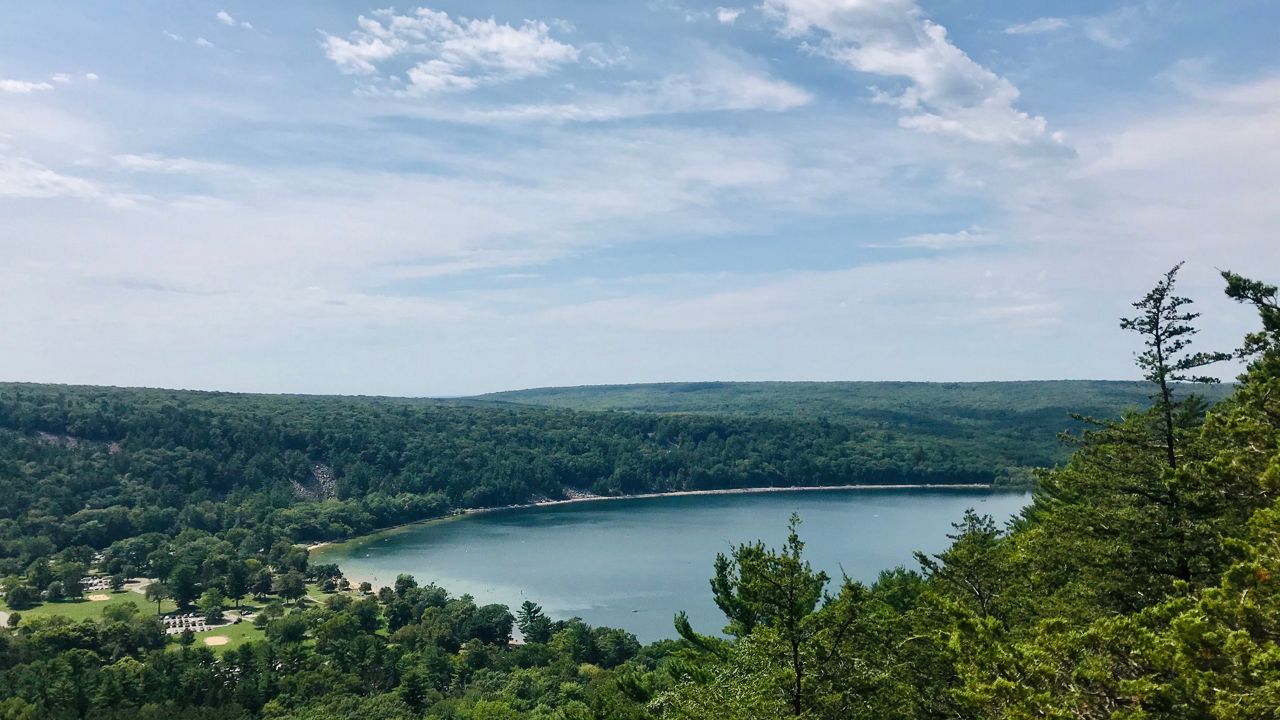MADISON, Wis. — The Wisconsin Department of Natural Resources has released a climate action report, which highlights accomplishments in 2021 related to climate change and environmental equity.
The DNR said the state’s climate is changing, with far-ranging consequences for the people of Wisconsin, natural resources and major economic sectors. While climate change impacts all communities, officials noted that communities of color, tribal nations and low-income communities are often the first and worst hit by pollution, extreme weather related to climate change and other environmental health hazards.
“Climate change is one of the defining issues of our time. By working together, we can make a real difference for Wisconsin’s climate resilience and the most vulnerable amongst us,” DNR Secretary Preston D. Cole said. “The DNR is committed to climate action and addressing the impacts of climate change on the state’s resources, communities and people is a top priority for the department.”
The climate action report summarizes strides the department has made in advancing equity, addressing greenhouse gas emissions, helping natural communities adapt to climate change and more.
“From developing a habitat connectivity toolkit, working with communities to make infrastructure more resilient to addressing greenhouse grass emissions, we are proud of the staff efforts to bring an equity and climate change lens to their core work as they fulfill the agency mission,” DNR Climate Executive Oversight Team co-chair and External Services Division Administrator David Siebert said.
Staff throughout DNR are working on climate initiatives with guidance by the Climate Executive Oversight Team.
“Addressing these important issues requires a collaborative approach,” said Heather Berklund, DNR Climate Executive Oversight Team co-chair and Forestry Division Administrator. “In addition to the excellent work by DNR staff, we applaud the efforts of many key partners, including the Wisconsin Initiative on Climate Change Impacts, businesses, conservation organizations, other government entities and the many individuals who are taking action such as planting trees and recording them on the Wisconsin Tree Planting Map.”
The DNR is collaborating with the Wisconsin Departments of Administration and Health Services, and the Wisconsin Economic Development Corporation, on a data-driven initiative called the Wisconsin Environmental Equity Tool.
Once fully developed, the online mapping tool will enable the public to pinpoint Wisconsin’s most impacted communities and better understand the challenges they face from pollution, a changing climate and other factors.
To reduce greenhouse gas emissions that cause climate change, the DNR developed the state’s first greenhouse gas emissions inventory in 2020 to do just that. The department used U.S. EPA tools for the inventory so the state could compare its emissions rates to other states. In 2021, the department updated the inventory using Wisconsin-specific data to better examine emissions locally.
Another part of addressing greenhouse gas emissions is capturing carbon that is already emitted into the atmosphere.
One way the DNR is doing that is by leading the state’s commitment to the Trillion Tree Pledge, a collaborative effort that includes conserving 125,000 acres of forestland and planting 74 million trees in rural areas and one million in urban areas by 2030. In the first year of the pledge, which was last year, partners planted over 9.3 million seedlings.
The DNR noted that human communities are not the only ones that need help adapting to these changes. The DNR worked with the Association of Fish and Wildlife Agencies to develop a habitat connectivity toolkit to help key aquatic and land-based wildlife that need to shift their range and movements to adapt to climate change.
The tool will inform the development of master plans and other efforts to manage natural resources and climate change impacts on a landscape scale.
Those interested in learning more can visit the DNR’s climate change webpages.



